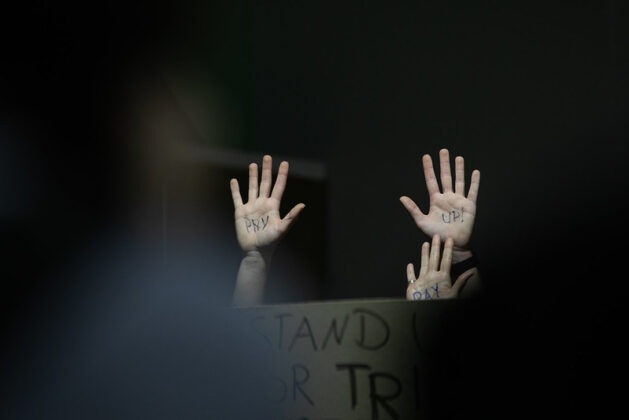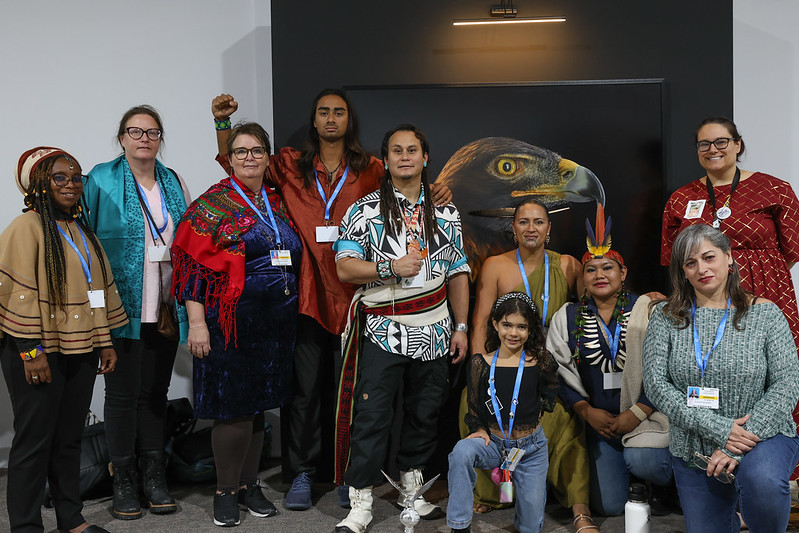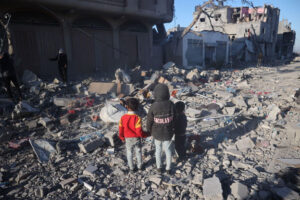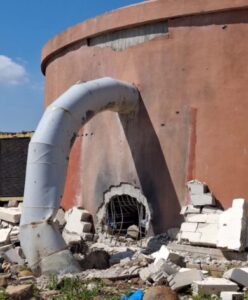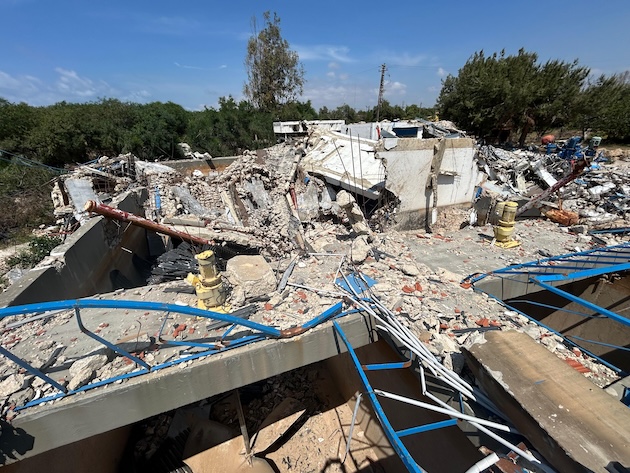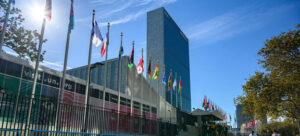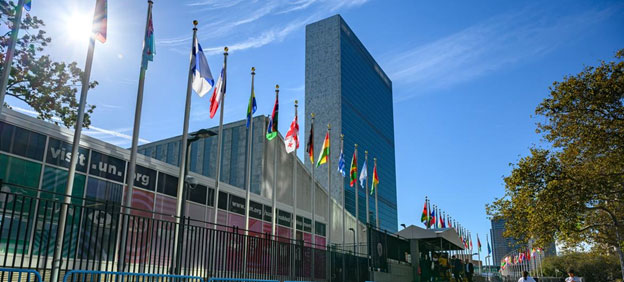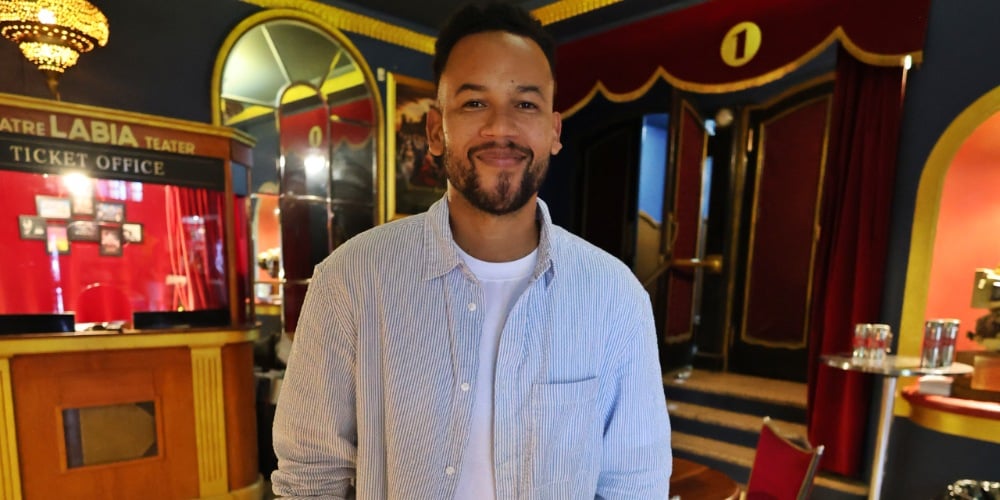
Save the Date: Sept. 29 on ‘ICE and the Press’:
Karen Attiah at Busboys to Be Simulcast on YouTube
Nominations Open for J-Educator Promoting Diversity
Services for Ron Harris Planned Friday in D.C., 27th in Memphis
Photos from July 27 on Blacks Worldwide Are on Facebook
(In depth: Linguistic shapeshifting across the diaspora)
Sept. 18: Stanley Nelson Documentary on Black Health
Sept. 20: AI Panel and Tour of NBC4 in D.C.
Sept. 21: Remembering Gwen Ifill on Her 70th
Sept. 25: How to Know If It’s Really ‘Unprecedented’
Sept. 27: Ishmael Reed at D.C.’s Busboys and Poets
Sept. 29: The Future of Africa
Part Two
From WABJ: A Guide to Reporting on Black and MIssing
From New York: Media Watch
A Month of Non-Violence
Applications Open for Dow Jones 2026 Summer Internships
JOBS
From these journalist organizations
From National Society of Newspaper Columnists
From State Affairs (Aug. 26)
From the Uproot Project
From the Online News Association
From WPFW, Washington, D.C.
(more jobs to come)
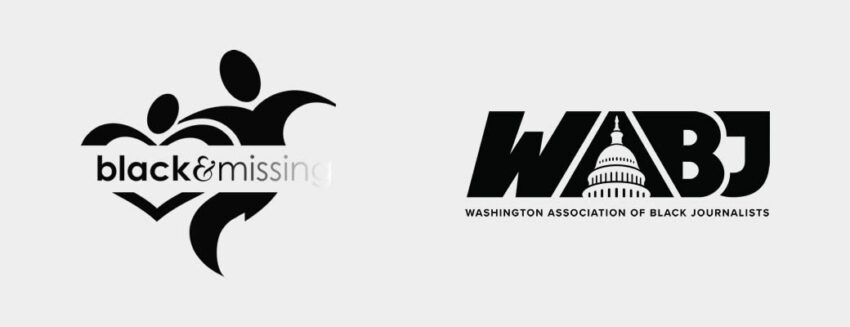
From WABJ: A Guide to Reporting on Black and MIssing
Black and Missing Foundation and Washington Association of Black Journalists Release Groundbreaking Media Guide for Reporting on Missing Persons
September 16, 2025 media guide, Press Releases
(Hyattsville, MD) – The Black and Missing Foundation, Inc. (BAMFI), in partnership with the Washington Association of Black Journalists (WABJ), today announced the release of The Media Guide for Reporting on Missing Persons, a comprehensive resource designed to address long-standing disparities in media coverage of missing persons cases, especially those involving people of color.
The media guide is the culmination of a year-long collaborative effort by a dedicated task force made up of media professionals nationwide. It provides actionable recommendations for newsrooms to ensure fair, consistent, and equitable reporting practices to incorporate in their coverage of missing people.
A Month of Non-Violence
FOR IMMEDIATE RELEASE 
Contact: Dr. Barbara Reynolds (pictured) 301-442-3655 Global 14th Annual Month of Non-Violence, Families and Understanding Artificial Intelligence, October 2025 The 14th Annual Month of Non-Violence, Families, and Understanding Artificial Intelligence, is during the entire month of October 2025.
This annual effort organized by Black Women for Positive Change, in affiliation with the Positive Change Foundation, is supported by Everytown for Gun Safety, The World Conference of Mayors, National Association of Black Nurses, National Association for Community Mediation, DC Peace Team, Mediators Beyond Borders, and 100 Fathers Inc.
To date dozens of virtual and face to face events are planned in: Arizona, Washington D.C., Tennessee, California, Illinois, Michigan, Maryland, Washington State, Texas, and overseas in South Korea, Malawi, Nigeria; Kenya, and Liberia. The schedule for events is posted at: www.monthofnonviolence.org
“While we are glad to see statistics that report a national reduction of violence happening across America, we wake up too often to news stories about horrific violent incidents like the mass shooting that killed and injured children at the Church, in Minneapolis.
We all must work hard to change the culture of violence in America and the world. This year there are three primary themes — “Non-Violence, Families, and Understanding Artificial Intelligence,” said Honorable Daun S. Hester and Dr. Stephanie Myers in a joint statement.
They continue, “First, we want organizations and individuals to focus non-violence and individual peace building strategies like Peace Circles; Second, we want people to strengthen their families and accept the fact that lots of violence begins at the kitchen table; and Third, we want communities to realize ‘Artificial Intelligence’ is here, and even if you don’t like it, you must understand it and we must determine if AI can help stop violence.”
The 14th Annual Month of Non-Violence, Families and Understanding Artificial Intelligence begins October 1, 2025 with “7 Days of Prayer” led by Faith Leaders who are Christian, Jewish, and Muslim. A workshop on “Understanding Artificial Intelligence” will be led by Dr. Denise Turley on Wednesday, September 17th, at 6 pm/EST.
People can register for the Zoom link at www.blackwomenforpositivechange.org Dr. Barbara Reynolds, Chair of the AI Committee and Author of the Rise and Fall of the Techno Messiah says, “We want to educate people about the urgency of establishing ethics, morals and standards in artificial intelligence.”
Individuals and groups are also asked to produce videos of the PEACE PLEDGE for posting on social media. Please send 60 second videos to Bkwomen4poschange@gmail.com Event schedule is posted at www.monthofnonviolence.org [embedded content]
From New York: Media Watch
Air date: 15 September 2025
Hosts: Alan Singer PhD, Robert Anthony & Eric V Tait Jr:
Subject: Rich NYC One-PerCenters freak out & meet to back Cuomo/block Mamdani in Mayor’s Race; SCOTUS/GOP aid Trump’s lawless, unconstitutional actions (including murder); Israel BOMBS Qatar, another Arab COUNTRY!
Applications Open for Dow Jones 2026 Summer Internships
|
|
|
|
|
|
From these journalist organizations
From National Society of Newspaper Columnists
|
|
|
From State Affairs (Aug. 26)
Managing Editor, North Carolina https://www.journalismjobs.com/job-listing/1691640
Statehouse Reporter, California https://www.journalismjobs.com/job-listing/1691639 ————
Joy Walstrum Chief of Staff joy@stateaffairs.com m. 404-358-5634 stateaffairs.com
From the Uproot Project
Job opportunities:
Fellowships, grants, & other opportunities:
From the Online News Association
From WPFW, Washington, D.C.
We need your help to find the right person! If you are ready to lead with creativity, integrity, and vision, we want to hear from you. If you know someone you think would be a great fit, please share the this email with them or let us know. Your assistance in spreading the word is crucial.
For the Full Job Posting: CLICK HERE.

![]()





